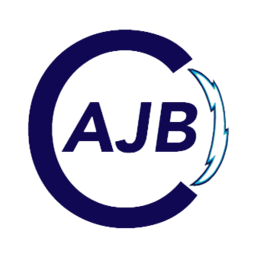The Darwin Information Typing Architecture (DITA) is an XML-based architecture for authoring, producing, and delivering topic-oriented, information-typed content that can be reused and single-sourced in various ways. Here are some key aspects of the DITA XML specification:
Overview
Topic-Oriented: DITA content is organized into topics, each focusing on a single subject. This modular approach allows for easy reuse and management of content.
Specialization: DITA allows for the creation of new document types and information domains based on existing ones. This process, called specialization, enables the creation of specific, targeted XML grammars that can still use tools and design rules developed for more general types and domains.
XML-Based: DITA topics and maps are XML documents that conform to the XML specification. They can be viewed, edited, validated, and processed with standard XML tools.
Key Features
Information Typing: DITA supports semantic markup, modularity, reuse, interchange, and production of different deliverable forms from a single source.
DITA Maps: These are collections of DITA topics and serve various purposes. Metadata can be applied in both DITA topics and maps, facilitating the reuse of DITA topics in different contexts.
Multiple Deliverable Formats: DITA is designed to enable the production of multiple deliverable formats from a single set of DITA content. The rendition details are defined and controlled by the processors.
Document Types
Base Types: The DITA specification defines a set of document types for authoring and organizing topic-oriented information.
Mechanisms for Combining, Extending, and Constraining: DITA provides mechanisms for combining, extending, and constraining document types to meet specific needs3.
Tools and Processing
DITA-Aware Tools: While DITA topics are conforming XML documents, realizing the full potential of DITA requires using DITA-aware tools.
DITA-Specific Features: Some features, such as content reference, key reference, and specialization, require DITA-specific processing for full implementation and validation.

